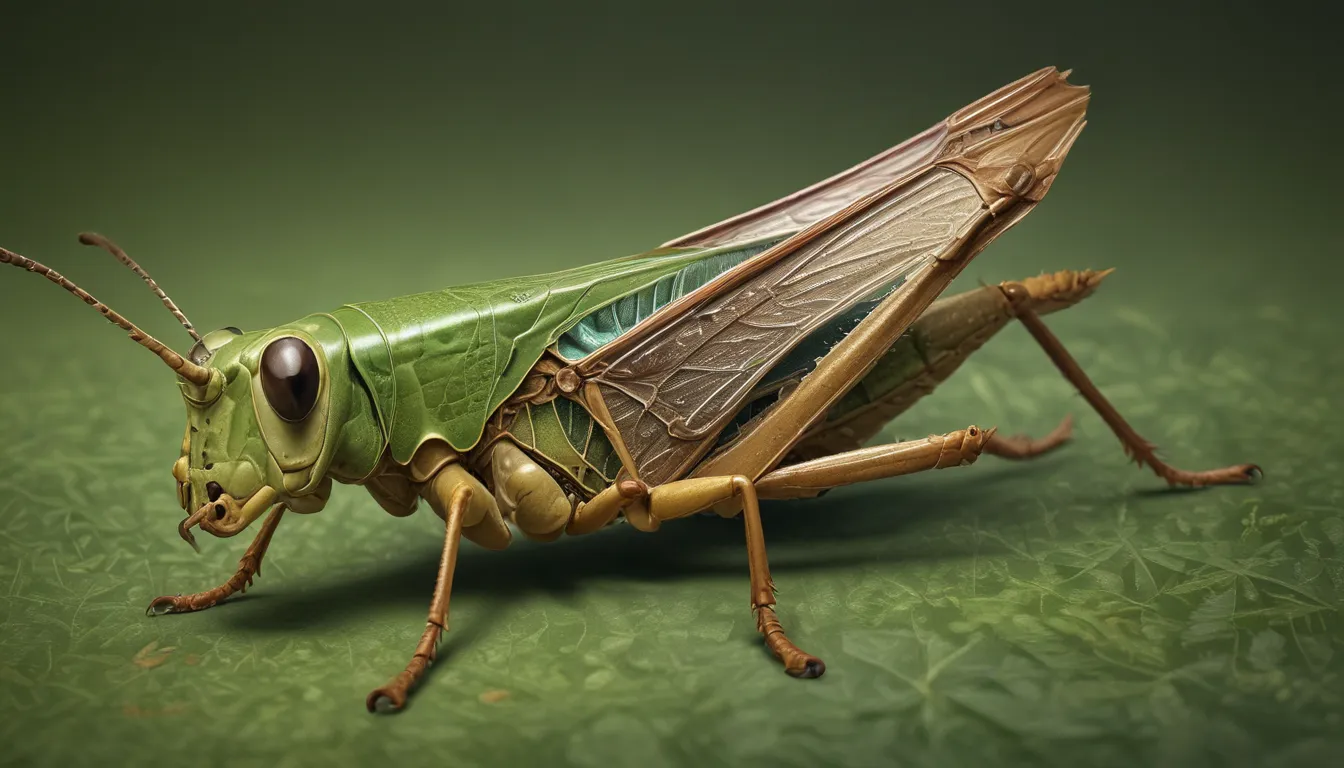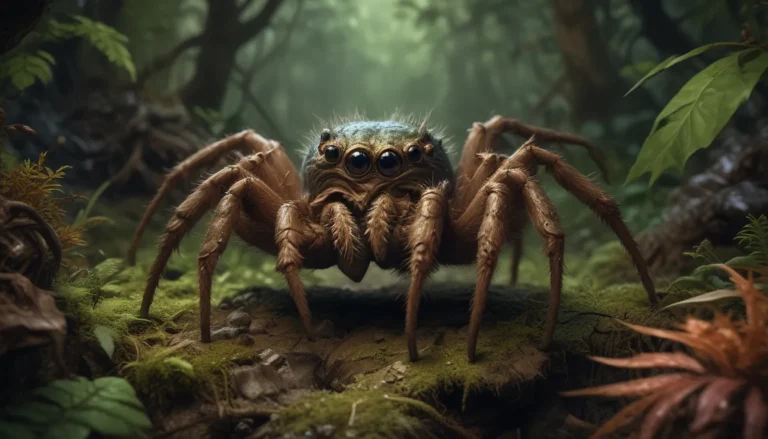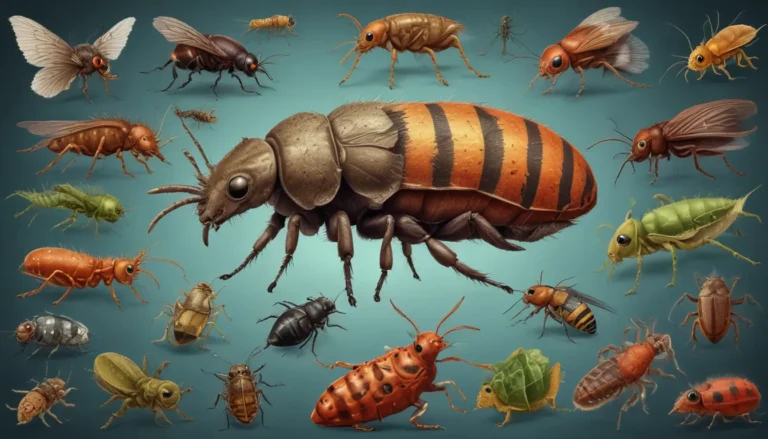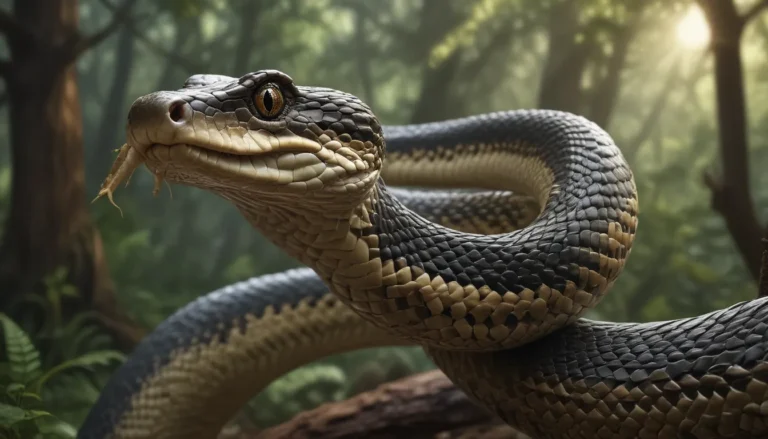The pictures we use in our articles might not show exactly what the words say. We choose these pictures to make you interested in reading more. The pictures work together with the words but don’t take their place. The words still tell you the important facts.
Grasshoppers are unique insects that play a vital role in ecosystems around the world. From their ability to jump incredible distances to their surprising defense mechanisms, there is much to learn about these remarkable creatures. In this comprehensive guide, we will delve into the world of grasshoppers, revealing their intriguing facts and characteristics.
Exploring Grasshopper Facts
Grasshoppers belong to the order Orthoptera and are closely related to locusts. While we commonly differentiate between grasshoppers and locusts, they are essentially the same insect. Grasshoppers can be found in gardens, crops, fields, and forests in various climates worldwide. With over 11,000 known species, grasshoppers come in a range of colors including brown, yellow, gray, and green.
The Lifecycle of Grasshoppers
A grasshopper undergoes three stages of development: egg, nymph, and adult. Females lay egg pods in the fall, which hatch in the spring. Nymphs resemble small adult grasshoppers but lack wings. As they grow, nymphs shed their exoskeletons multiple times until they develop wings and become adults.
The Flying Grasshopper
Contrary to popular belief, grasshoppers can fly. While their powerful legs are used for jumping, grasshoppers have wings that enable them to take flight. Flying allows grasshoppers to escape predators and travel long distances in search of food and mates.
The Incredible Jumps of Grasshoppers
Grasshoppers are known for their impressive jumping abilities. With legs designed like a catapult, they can jump up to 20 times their body length. This means a grasshopper could jump the length of a football field with ease. Their intricate leg structure stores energy like a spring, propelling them into the air with remarkable force.
The Diurnal Habits of Grasshoppers
Grasshoppers are diurnal creatures, meaning they are active during the day and rest at night. This behavior allows them to absorb sunlight, raising their body temperature for energy. While they primarily feed during the day, grasshoppers may also indulge in nighttime snacks on occasion.
Surprising Grasshopper Anatomy
Grasshoppers have unique hearing organs located on their abdomens. These eardrums, called tympana, vibrate in response to sound waves, enabling grasshoppers to hear and communicate with each other. Male grasshoppers produce distinctive rhythmic songs to attract mates, though these songs are not known for their melodious qualities.
Defense Mechanisms of Grasshoppers
In defense, grasshoppers have fascinating strategies. Some species spit brown liquid as a deterrent to predators. This defensive mechanism evolved to repel threats and protect grasshoppers from harm.
Grasshoppers in Popular Culture
Grasshoppers have made appearances in various forms of media, including movies like "A Bug's Life". Depicted as both villains and symbols of luck, grasshoppers have captured the imagination of audiences worldwide.
The Cultural Significance of Grasshoppers
In different cultures, grasshoppers hold varying meanings. In Japan, they are considered symbols of good luck, associated with growth, health, and rejuvenation. Other cultures view grasshoppers as delicacies, incorporating them into their diets as a rich source of protein.
The Conservation Status of Grasshoppers
While many species of grasshoppers are considered of least concern in terms of conservation, some are endangered due to habitat loss. Urban development and increased agriculture threaten the populations of these unique insects.
Conclusion
Grasshoppers are intriguing creatures with a wealth of fascinating facts and characteristics. From their incredible jumping abilities to their diverse colorations, these insects play a crucial role in ecosystems worldwide. By understanding and appreciating the importance of grasshoppers, we can foster a deeper appreciation for the natural world around us.
With their unique behaviors and surprising traits, grasshoppers continue to captivate and inspire us. Whether as symbols of luck or subjects of scientific study, these insects remind us of the beauty and complexity of the natural world. Let's continue to explore and learn about these amazing creatures, enriching our understanding of the diverse and wondrous creatures that share our planet.






